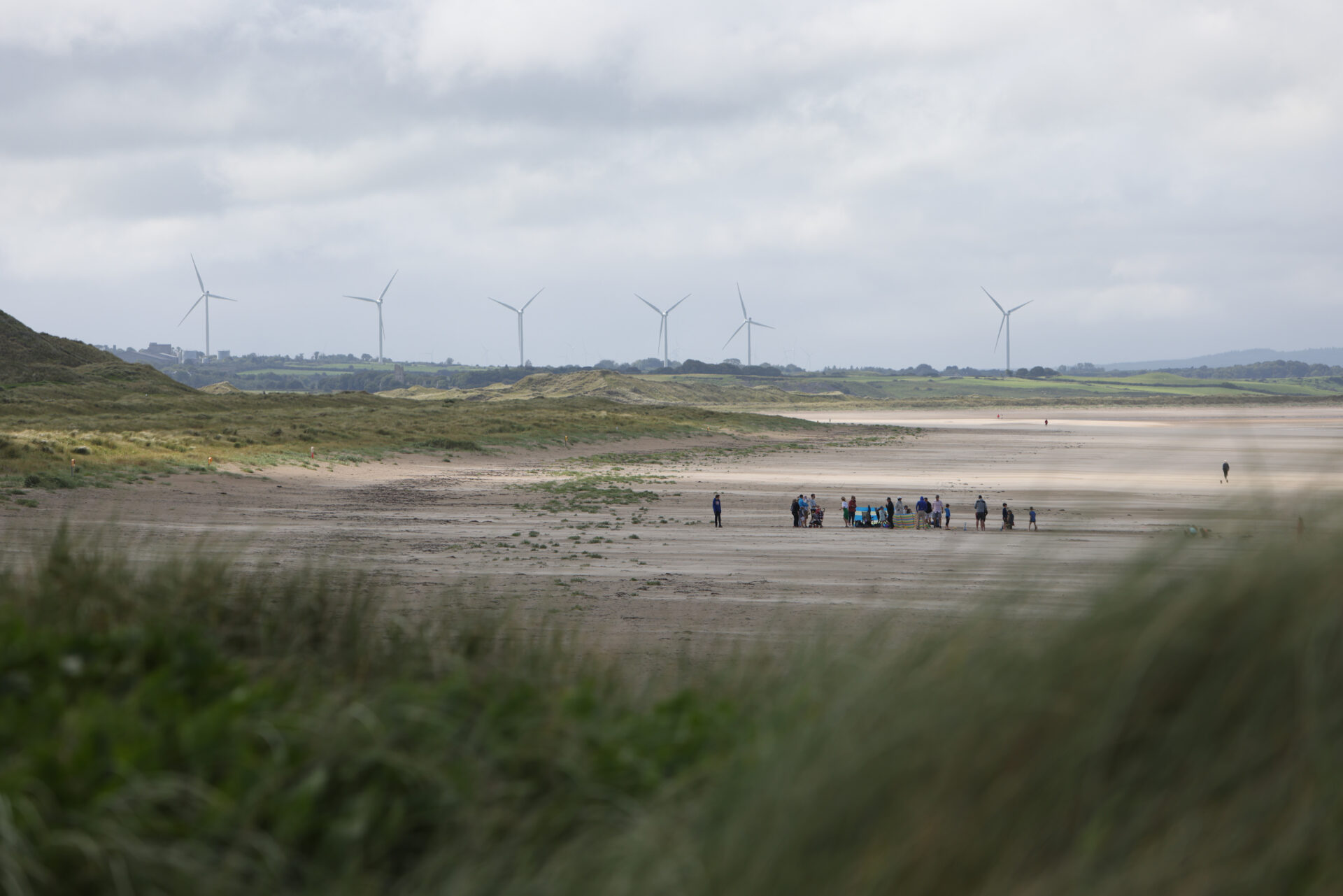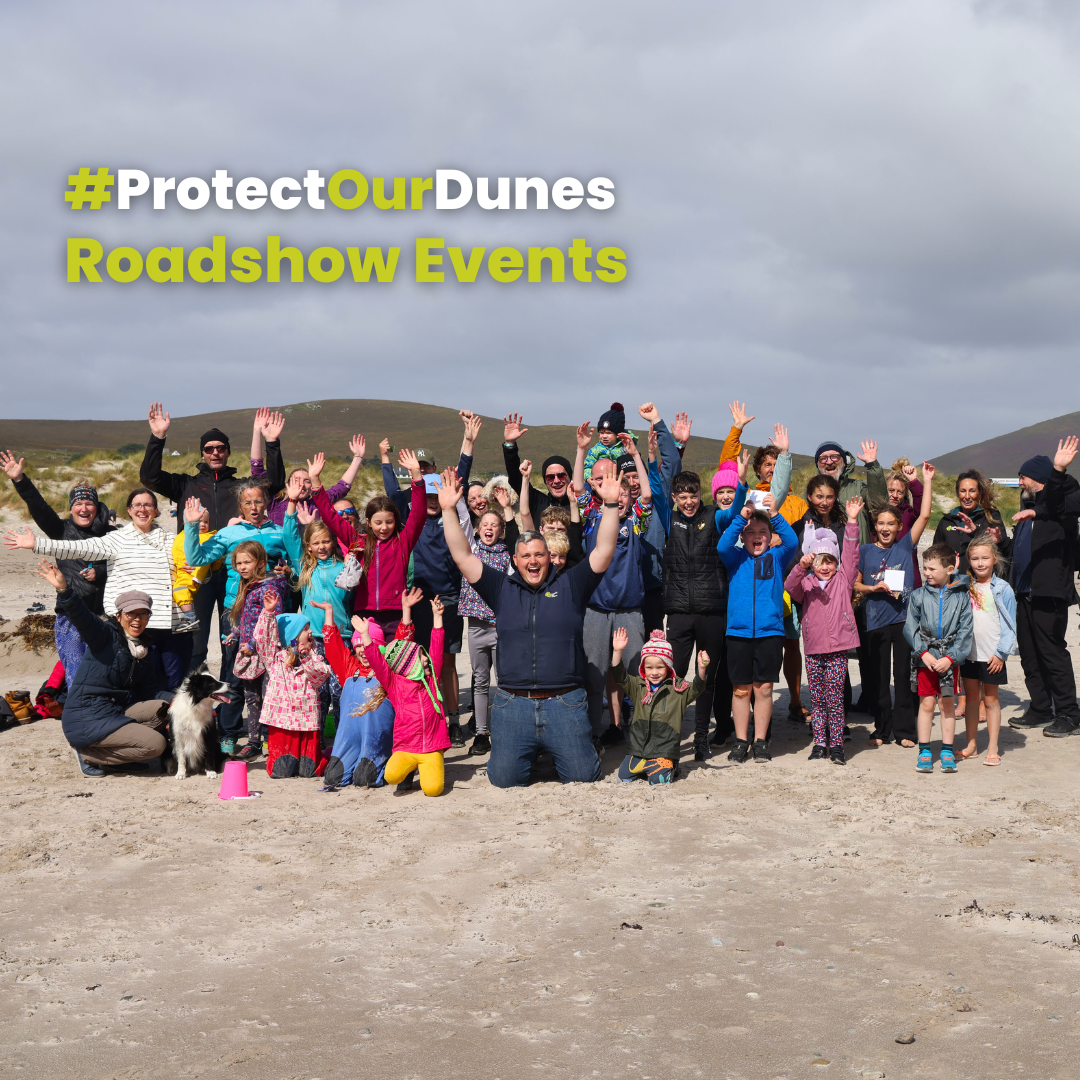Protect Our Dunes – 2023 Roadshow Highlights
The Climate Action Regional Offices (CARO), in collaboration with partners, have lead the coordination of a public awareness campaign to highlight the importance and fragility of sand dune systems as natural coastal protection and important habitats.
The Protect Our Dunes Campaign built on the work of previous years under the #ProtectOurDunes initiative to raise awareness and understanding of the importance of our sand dune ecosystem.
For the month of August, the #ProtectOurDunes Campaign hit the road, to connect more coastal communities to their area, to celebrate their coastal heritage, and to empower them with the knowledge and tools to help protect and care for their local sand dunes systems for generations to come.
Here are some of the highlights from our time in Donegal, Sligo, Mayo and Galway!
1. Meeting new communities
Leave No Trace Ireland works island-wide, and we love when the opportunity arises to visit new communities both near and far to us!
At events that connect us to our outdoor spaces, the community members that come often come with a wealth of local knowledge. We love to facilitate these moments of sharing resources and information – with many of us feeling like we’re learning just as much as we’re providing on the day!
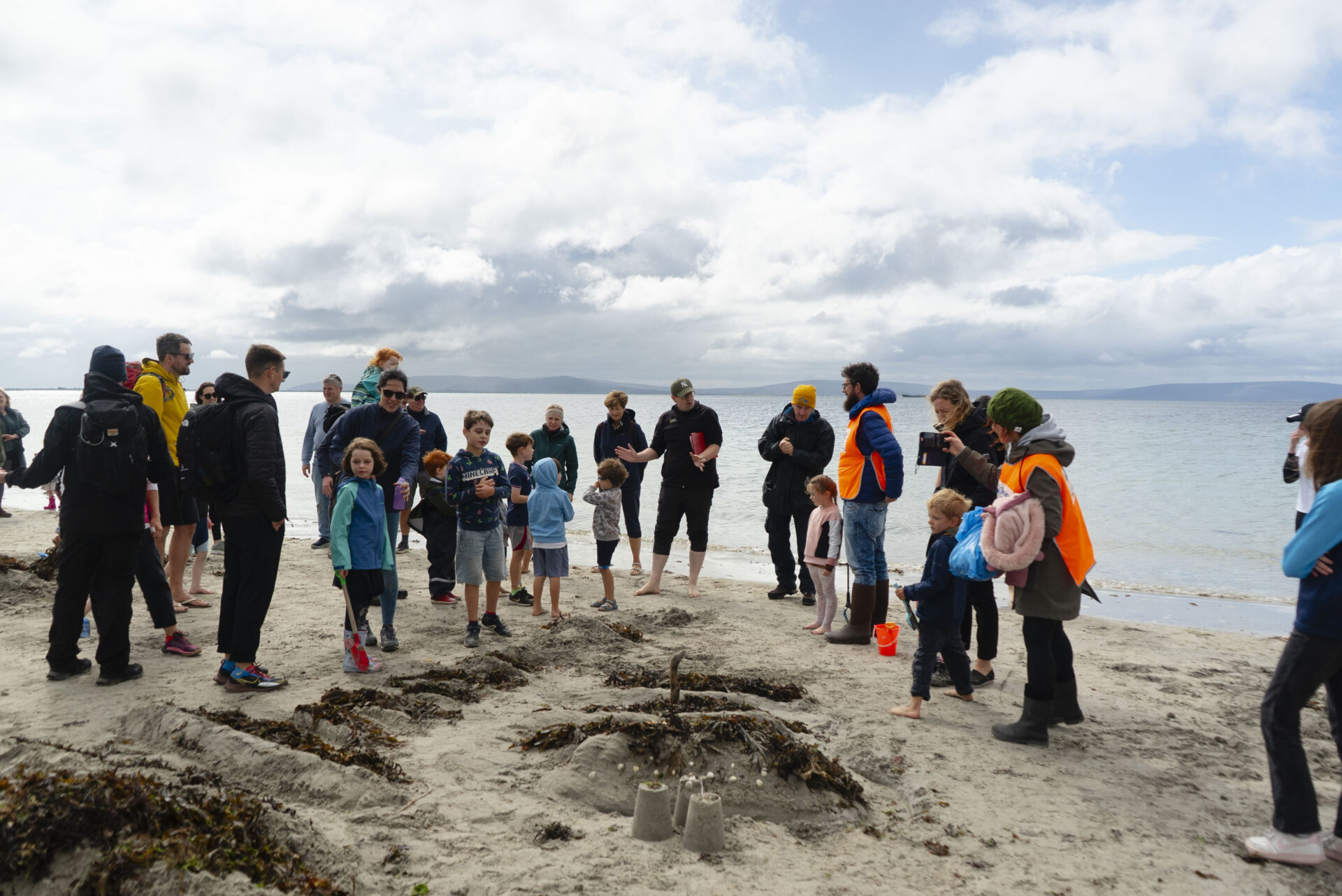
A special highlight for Leave No Trace team member Dr. Noel Doyle was our day on Grattan beach in Salthill, where the families really focused in on how dunes are constructed! After our dune discussion, every family built incredible mini-dunes as part of our family Sand Castle & Dune Building Competition – “The dune standard that day was really something else!”
2. Seeing kids connect to nature
Everyone loves exploring rock pools and tide lines – especially the younger members of our families. The excitement of the group was infectious whenever someone found a new creature on our seashore explorations.
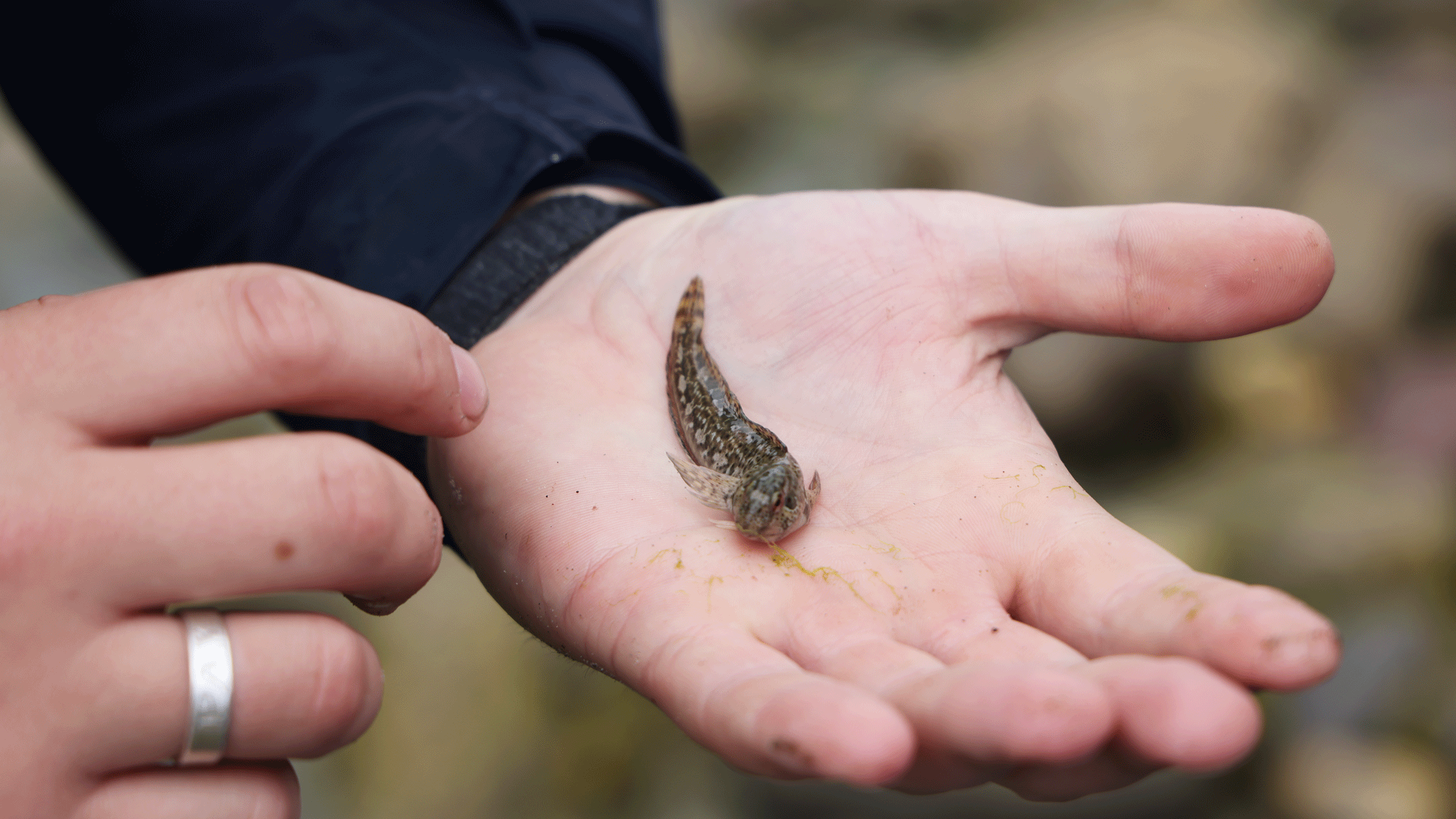
One such example was the discovery of a Blenny on Keel Beach, Achill Island. Blennies are one of our more common rock-pool fish. If a common blenny cannot locate a rockpool when the tide is going out, it will often take refuge by hiding in damp patches under stones or exposed seaweed. When this happens, it can survive for many hours out of water – and can even breathe air during this exposure! Once the tide returns, the fish will emerge to feed on barnacles, small crabs and other crustaceans.
Edmond Aylward, Leave No Trace Ireland Advanced Trainer, facilitated at many of the events, sharing that his ‘highlight was witnessing the awe and curiosity expressed by everyone, but especially the children, when exploring the shore. It was incredible to see faces light up after a single flip of a rock or wrack of seaweed’.
3. Witnessing the power of community initiatives to #ProtectOurDunes
On Grattan Beach, it was amazing to learn how it was through the local community coming together that allowed the restoration to be approved for the top section of the beach – a project that experts and NUIG had been working on for 12 years. The chestnut fencing located at the top of the beach has enabled plant life to re-establish in the sand, and even the growth of marram grass, which is a foundational plant to sand dunes.
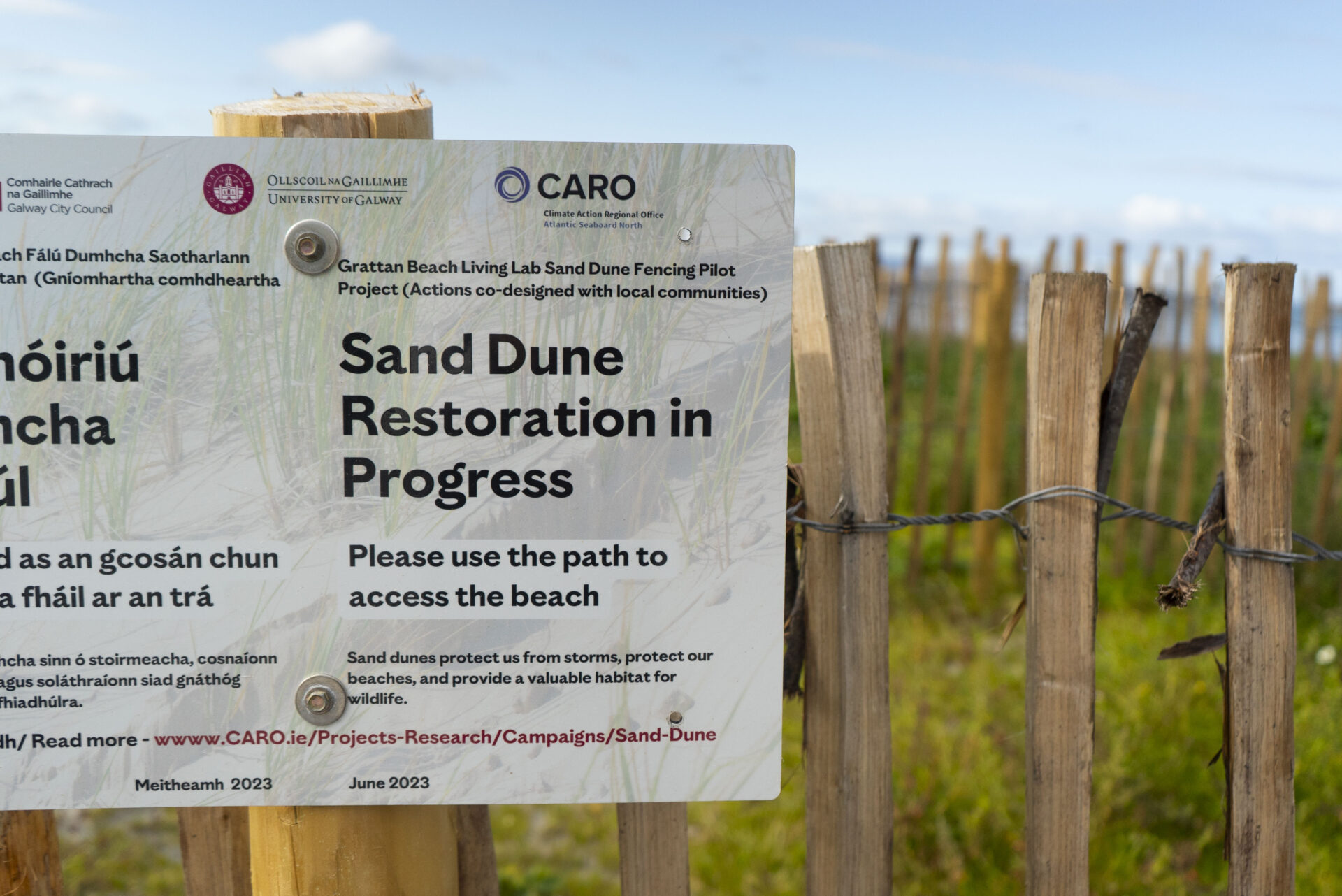
Sand dune systems provide natural coastal protection against storms, flooding and erosion as well as being important habitats for unique plants and animals. Despite dunes being tough and protecting us from coastal storm events, the dune grasses and plants are very fragile and the public need to be advised of activities that can damage our sand dunes, including trampling on the dunes, sliding down the dune face, wild camping and campfires, sports training, and roaming dogs. We can protect them by staying off the dunes, keeping to designated pathways and camping areas, following the direction of local signage, and watching wildlife from a distance – Tom McDonnell, Climate Action Regional Office Atlantic Seaboard North
